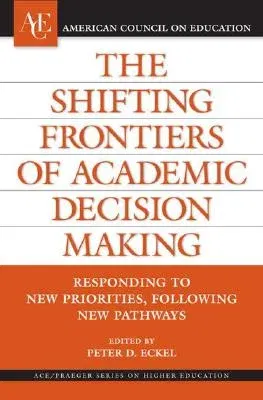The ability of colleges and universities to implement strategic academic
decisions is constantly challenged by a variable external environment,
mounting public expectations, and evolving academic priorities. Although
academic decision making is often dismissed by critics both inside and
outside higher education as slow, parochial, and ineffective,
institutions can and have developed processes to effectively address
today's complex challenges. With the proper attention by administrative,
faculty, and trustee leaders, academic decision making can comprise a
robust set of processes essential to defining the mission, priorities,
and activities of colleges and universities. This book explores the
intersection of academic decision making with contemporary, cutting-edge
challenges for which no simple solution exists. It moves the issue of
decision making outside the contested arena of stakeholder
responsibilities, and presents a series of distinct and unique chapters
that illustrate how colleges and universities are creating and
sustaining dynamic and effective decision-making processes. Issues such
as entrepreneurial and commercial strategies, changing research
infrastructure, inter-institutional cooperation, evolving expectations
for student involvement and campus community, and technology and its
required investments create ongoing challenges that colleges and
universities must address. To respond to these challenges, campus
leaders often cannot draw upon their wealth of experience or time-tested
processes. Instead, they must find new ways to create and use
decision-making structures and processes. Furthermore, as the issues
change, the people, their roles, and their interactions will be
different. In some cases, new people will enter the decision-making
arena: For instance, students may play stronger roles, as may trustees
or outside stakeholders including faculty from other institutions
involved in joint academic degree programs. Faculty roles may also
change as institutions become more entrepreneurial, wi

